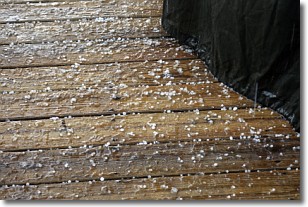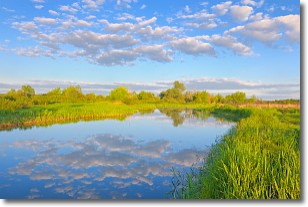Weather Alert in Texas
Flood Warning issued May 5 at 8:25AM CDT by NWS Fort Worth TX
AREAS AFFECTED: Henderson, TX; Navarro, TX
DESCRIPTION: ...The Flood Warning is extended for the following rivers in Texas... Cowleech Fork Sabine River At Greenville affecting Hunt County. Trinity River At Dallas affecting Dallas County. North Bosque River At Valley Mills affecting Bosque and McLennan Counties. North Bosque River Near Clifton affecting Bosque County. Cowhouse Creek Near Pidcoke affecting Coryell County. White Rock Creek Near White Rock Creek At Greenville Ave affecting Dallas County. ...The Flood Warning continues for the following rivers in Texas... South Fork Sabine River Near Quinlan affecting Hunt and Rockwall Counties. Chambers Creek Near Rice affecting Navarro County. Leon River Near Hamilton affecting Hamilton County. Leon River At Gatesville affecting Coryell County. South Sulphur River Near Cooper affecting Hopkins and Delta Counties. Denton Creek Near Justin affecting Denton County. Trinity River Near Long Lake (Oakwood) affecting Leon, Freestone and Anderson Counties. Trinity River At Trinidad affecting Henderson and Navarro Counties. Walnut Creek Near Mansfield affecting Tarrant County. ...The Flood Warning is cancelled for the following rivers in Texas... Rowlett Creek Near Sachse affecting Dallas County. * WHAT...Moderate flooding is occurring and minor flooding is forecast. * WHERE...Trinity River at Trinidad. * WHEN...Until further notice. * IMPACTS...At 40.0 feet, Moderate flooding will occur along the right bank to agricultural fields and the cattle industry. * ADDITIONAL DETAILS... - At 8:00 AM CDT Sunday the stage was 40.2 feet. - Bankfull stage is 33.0 feet. - Flood stage is 33.0 feet. - Forecast...The river is expected to fall to 35.1 feet early Friday morning.
INSTRUCTION: Do not drive cars through flooded areas. Caution is urged when walking near riverbanks. Additional information is available at www.weather.gov/fwd.
Want more detail? Get the Complete 7 Day and Night Detailed Forecast!
Current U.S. National Radar--Current
The Current National Weather Radar is shown below with a UTC Time (subtract 5 hours from UTC to get Eastern Time).

National Weather Forecast--Current
The Current National Weather Forecast and National Weather Map are shown below.

National Weather Forecast for Tomorrow
Tomorrow National Weather Forecast and Tomorrow National Weather Map are show below.

North America Water Vapor (Moisture)
This map shows recent moisture content over North America. Bright and colored areas show high moisture (ie, clouds); brown indicates very little moisture present; black indicates no moisture.

Weather Topic: What is Sleet?
Home - Education - Precipitation - Sleet
 Next Topic: Snow
Next Topic: Snow
Sleet is a form of precipitation in which small ice pellets are the primary
components. These ice pellets are smaller and more translucent than hailstones,
and harder than graupel. Sleet is caused by specific atmospheric conditions and
therefore typically doesn't last for extended periods of time.
The condition which leads to sleet formation requires a warmer body of air to be
wedged in between two sub-freezing bodies of air. When snow falls through a warmer
layer of air it melts, and as it falls through the next sub-freezing body of air
it freezes again, forming ice pellets known as sleet. In some cases, water
droplets don't have time to freeze before reaching the surface and the result is
freezing rain.
Next Topic: Snow
Weather Topic: What are Stratocumulus Clouds?
Home - Education - Cloud Types - Stratocumulus Clouds
 Next Topic: Stratus Clouds
Next Topic: Stratus Clouds
Stratocumulus clouds are similar to altocumulus clouds in their
fluffy appearance, but have a slightly darker shade due to their additional mass.
A good way to distinguish the two cloud types is to hold your hand out and measure
the size of an individual cloud; if it is the size of your thumb it is generally
an altocumulus cloud, if it is the size of your hand it is generally a
stratocumulus cloud.
It is uncommon for stratocumulus clouds to produce precipitation, but if they do
it is usually a light rain or snow.
Next Topic: Stratus Clouds




